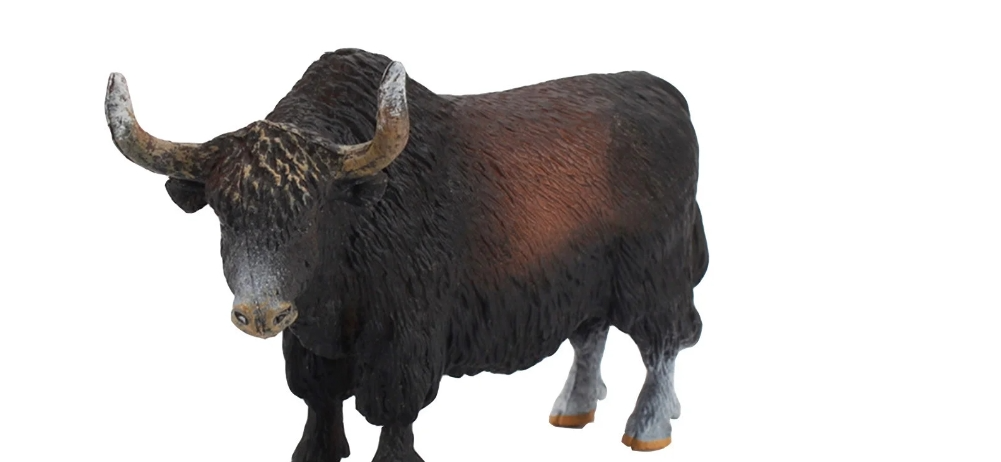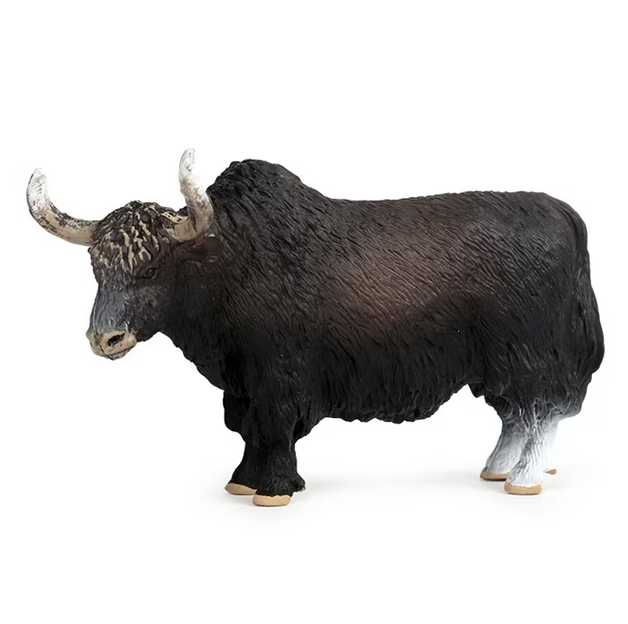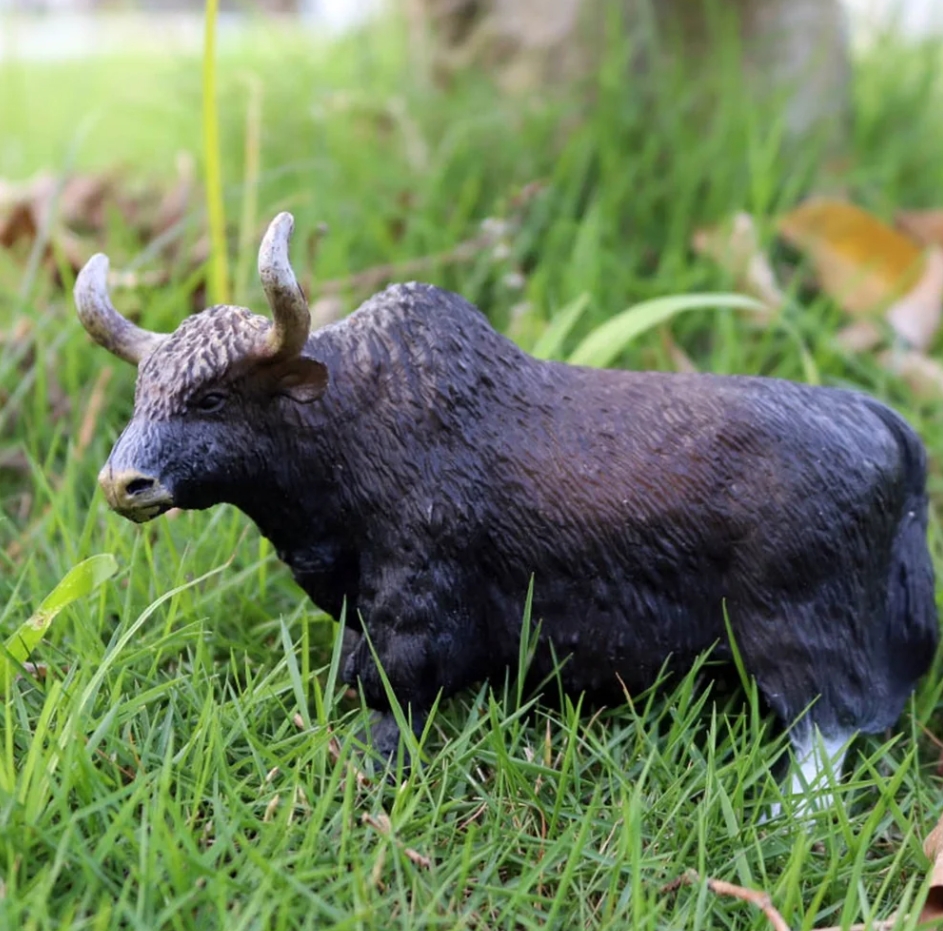Yak is a highly adaptable highland animal, which has attracted wide attention due to its unique physiological characteristics and ecological advantages. As an important economic animal, yaks not only provide dairy products, meat and fur, but also play an important role in transportation and farming. The study of yak model aims to explore its genetic characteristics, reproduction mode and complex interaction with the environment, so as to provide scientific basis for improving its breeding management and protection measures.
The adaptability of the yak is mainly reflected in its thick hair, wide hooves and strong physique, which enable it to survive in the environment of high cold and low oxygen. Through the analysis of genetic data of yaks, the researchers found that there are many genes related to high altitude adaptation in the genome, which not only affect the respiratory system, but also are closely related to metabolism and immune mechanisms. This provides a theoretical basis for future breeding and helps to breed better yak varieties.
In terms of reproduction, yaks have strong reproductive ability and long life cycle. However, due to the peculiarities of the plateau environment, the breeding cycle is susceptible to many factors, such as climate change and feed availability. Therefore, the establishment of accurate yak breeding model can effectively predict its reproductive rate and improve breeding efficiency. In addition,sound breeding management can help maintain good genetic diversity and avoid health problems associated with inbreeding.
Yak plays an important role in the ecosystem, and its grazing behavior can promote the growth of grassland and maintain ecological balance. By studying the group behavior and ecological impact of yaks,we can better understand their function in the plateau ecosystem. Scientists are exploring the impact of yak grazing patterns on grassland productivity and biodiversity for sustainable grassland management.




